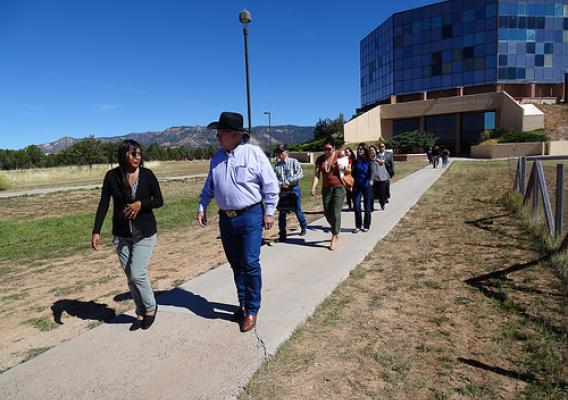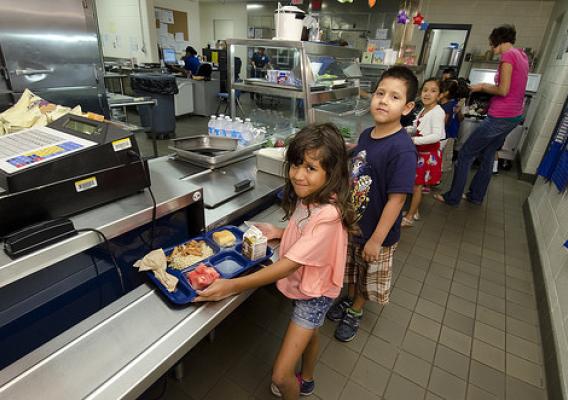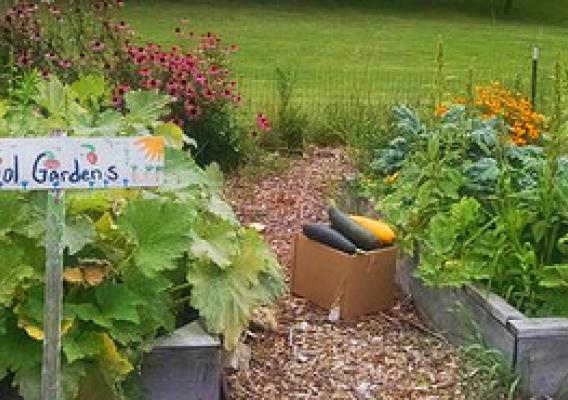El estado libre asociado de Puerto Rico tiene solamente 100 millas de largo por 35 millas de ancho. La pequeña isla está llena de maravillas naturales, rica en cultura y abundante en agricultura. Aun así pocos se dan cuenta que gran parte de los alimentos consumidos por los residentes y visitantes provienen de otros lugares. A principios de este mes, la Dr. Myrna Comas Pagán, Secretaria de Agricultura de Puerto Rico, hizo una visita al Departamento de Agricultura de los Estados Unidos (USDA, por sus siglas en inglés). Ella llego para explorar maneras en cual mi agencia, el Servicio de Comercialización Agrícola (AMS, por sus siglas en inglés), y otras agencias en el departamento pueden ayudar a mejorar el sistema alimenticio local de la isla.
Aunque el valor de la producción agrícola de Puerto Rico ha llegado a $919 millones, un incremento de 14 por ciento en los últimos dos años, falta un sistema de distribución de productos locales en la isla. El sector local de agricultura apoya 6,500 trabajos pero aun ay mucho por hacer. Puerto Rico importa alimentos de 52 países diferentes que pueden dejar el sistema alimenticio vulnerable. Recientemente hubo un evento en cual un barco de carga con destino a Puerto Rico se extravió durante una tormenta de huracán, costándole las vidas a la tripulación, pero también dando por resultado la pérdida de 70 contenedores de alimentos.









